 The front of the Pixel 5a. It's got a great design at any price point.Ron Amadeo
The front of the Pixel 5a. It's got a great design at any price point.Ron Amadeo The back, featuring two cameras and a capacitive fingerprint reader.Ron Amadeo
The back, featuring two cameras and a capacitive fingerprint reader.Ron Amadeo The screen is flat. The bottom has a USB-C port.Ron Amadeo
The screen is flat. The bottom has a USB-C port.Ron Amadeo The top have a headphone jack.Ron Amadeo
The top have a headphone jack.Ron Amadeo A closer look at the camera and fingerprint sensor.Ron Amadeo
A closer look at the camera and fingerprint sensor.Ron Amadeo The side, with a colorful power button.
The side, with a colorful power button.
I think at this point we can call the Pixel A series a "mid-range powerhouse." Google has again turned in one of the best mid-range phones out there, thanks to its no-nonsense software with day-one OS updates, a long-lasting battery, and good-enough, modern internals. In a world full of wild gimmicks and smartphones with a thousand extras, Google is going with just the basics for $449. It's not really what you would call "new" or "exciting," but for basic usage, the Pixel 5a has everything you need in a smartphone and nothing you don't.
On the surface, the Pixel 5a looks very similar to the previous release in this line. You get a good-enough, modern design with a slim bezel and a hole punch camera on the front, plus a gloriously flat, undistorted screen. There's a wraparound plastic back that looks kind of plain, just like the Pixel 4a (it's fine, but we still prefer the two-tone stylings of the Pixel 3a back). Being mid-range means you get some throwback features you might still like, like a rear capacitive fingerprint reader (as opposed to the in-screen fingerprint readers you'd get on a flagship phone) and a headphone jack.
| SPECS AT A GLANCE | |
|---|---|
| Pixel 5a | |
| SCREEN | 2400×1080 6.34-inches (413 ppi)
OLED, 20:9 aspect ratio |
| OS | Android 11 |
| CPU | Eight-core Qualcomm Snapdragon 765G
Two Cortex A76 cores and six Cortex A55 cores, up to 2.4GHz, 7nm |
| RAM | 6GB |
| GPU | Adreno 620 |
| STORAGE | 128GB |
| NETWORKING | 802.11b/g/n/ac, Bluetooth 5.0, GPS, NFC, eSIM |
| PORTS | USB Type-C, 3.5mm headphone jack |
| CAMERA | Rear: 12.2MP main camera
Front: 8MP camera |
| SIZE | 156.2×73.2×8.8 mm |
| WEIGHT | 183g |
| BATTERY | 4680mAh |
| STARTING PRICE | $449 |
| OTHER PERKS | rear fingerprint reader, IP67 water resistance |
There are some big additions this year, though. The first, which isn't noticeable from the pictures, is that the Pixel 5a is a lot bigger than the 4a. You'll see this not only in the screen size (6.34-inches versus 5.81-inches) but also in the body, with the Pixel 5a measuring 154.9 mm × 73.7 mm compared to the 144 mm × 69.4 mm of the 4a. The bigger body comes with the same primary benefit as all big phones—a bigger battery. The Pixel 5a is getting a huge upgrade to a 4680mAh battery, and that comes with a giant runtime advantage over its predecessor. I never had an issue lasting an entire day with the Pixel 4a battery, in fact you could easily go for two light-usage days.
Like the Pixel 5, Google made the odd decision to go with a metal body covered in a plastic Google calls "bio-resin." Metal blocks RF signals for things like Wi-Fi and cellular, NFC, and wireless charging (which is not on the 5a), so anyone making a metal phone has to put in extra engineering effort to plan around this. With a metal core and plastic outer coating though, Google just blasts a hole anywhere in the phone it needs an RF window, and the plastic molding will fill in the gaps.
I guess the advantage of the "metal coated in plastic" idea is that you get the stiffness of metal and the RF transparency of plastic. From a user perspective, there isn't much to write home about. The phone looks and feels like plastic because that's what you're looking at and touching. It is rigid, but I've rarely felt like phone rigidity is a problem. The actual outside finish is a soft-touch plastic that gets greasy after just a few minutes of handling. Google calls it "mostly black," and we would expand that description to "mostly black with a tiny tint of green." It probably doesn't show up in photos, but you'll get a hint of very dark green when the light hits it just right.
Google Pixel 5a
There's an extra wide-angle camera on the back, if that does anything for you. There's not much to say about the Pixel camera since the main sensor is the same thing Google has been shipping for four years now, so please take a look at any of the previous Pixel reviews if you're really dying for camera comparisons. The Pixel Camera is definitely showing some age in the high-end camera wars, but for a mid-range phone, you're getting a best-in-class camera. It seems like all the cool features are here, too, like astrophotography mode.
Similarly, you're also getting a best-in-class software package for a mid-range device, with stock Android and Google's patented day-one Android updates. Lots of Android phones, even $1800 Android phones, will keep you waiting months and months for an OS update, but the Pixel line gets an iOS-like software experience, where you'll instantly get updates on the day they come out. The one issue you could raise is that Google only supports the Pixel 5a for three years of major updates and security updates. Samsung one-ups Google with four years of security updates, and Apple blows everyone away with something like five years of updates. Google can and should update its phones for as long as Apple, but it doesn't. For the lowered bar of Android phones, though, I'll take Google's three years of instant updates over Samsung's 3-6 month delay for every major update.
The downsides of a mid-ranger?
When buying a non-flagship, it's always worth figuring out what spending more money would bring. That way, you can ask yourself if those features matter to you. This used to be a longer list, but the best part about the 5a design is that it hits more of the "normal person" basics. Here's what's missing:
- A faster refresh-rate display—There are 90 and 120Hz displays out there, which offer a faster-feeling phone thanks to a faster-than-60Hz display. Scrolling and animations look better. It's definitely a luxury.
- Speedy charging—This one is probably the biggest deal. The Pixel 5a has 18W charging, while devices like the $969 OnePlus 9 Pro have 65W charging. Fast charging actually is revolutionary, because it will change your smartphone usage behavior. The OnePlus 9 Pro can charge from 0-100 percent in a half hour, which means you get 1 percent of your battery capacity for every 17 seconds of charging. You don't need to charge a phone like this overnight anymore, because just plugging it in while you're getting ready to go somewhere (or on the drive there, with the right car charger) usually provides enough power to get you through the day. The Pixel 5a won't even hit 50 percent in a half-hour.
- Wireless charging—Another luxury. There are no fancy charging docks or anything for the Pixel 5a. You've got to plug it in.
- Compute horsepower—There are definitely faster smartphones out there, even though the Pixel 5a is good enough for productivity apps and 2d games. If you're one of those legendary hardcore Android gamers the manufacturers keep insisting exist, you'll want to look elsewhere.
The one real problem we've run into is that the camera craps out after recording about 5 minutes of 4K video. The phone overheats and stops your recording, which is not a great look. Google says they're looking into it. I don't really view 4K video recording as table stakes for a mid-range phone, so I'm not too worried about this. The default is 1080p, and in HD the Pixel 5a can record forever. You have no way of actually playing back 4K video at 4K on the device, so it always felt like one of those dumb "because we can" features. If you are actually filming a long-form, 4K movie or something, consider buying a device specially built for that. Again, this is a phone for normal people; a total lack of 4K recording would be fine.
The other big benefit of picking almost any other phone is that you'll actually be able to buy it. The Pixel 5a is only for sale in Japan and the US, thanks, presumably, to a combination of Google not ever taking international distribution seriously and this year being particularly tough due to the global chip shortage.
An easy recommendation
Writing about phones means I constantly get asked "which Android phone should I buy?" My new answer is "this one." The Pixel 5a isn't for the enthusiast smartphone snob demanding a thousand Hz display, or for someone looking to fold up a smartphone into origami, or for someone looking to film the next MCU installment on a smartphone. For normal people that just want a phone, and for the type of person that has to ask which phone they should buy, this is perfect.
Google has absolutely nailed what should and should not go into a basic smartphone, and the result is a great phone at a great price. The Pixel 5a has a huge battery that will last all day. It's water-resistant so you don't have to worry about getting it wet. It's still got one of the best smartphone (photo) cameras you can buy, and it's going to work now and three years into the future without any software garbage or delayed updates. It's a great phone... if you can buy it!
The Good
- The price. $449. In a world of thousand-dollar smartphones, this is pretty cheap.
- Awesome battery life.
- Google software without the tons of crapware and ads you'd get on other phones.
- Day one updates for three years.
- Water resistance is a major improvement.
- A best-in-class camera.
The Bad
- Nobody tested 4K video recording, I guess? It will overheat after 5 minutes.
- It would be nice if it charged faster.
- It's only shipping to the US and Japan.
The Ugly
- Losing the update duration schedule to Samsung.
"Android" - Google News
September 01, 2021 at 06:15PM
https://ift.tt/3t5LABz
Google Pixel 5a review: “Which Android phone should I buy?” This one - Ars Technica
"Android" - Google News
https://ift.tt/336ZsND
https://ift.tt/2KSW0PQ
Bagikan Berita Ini
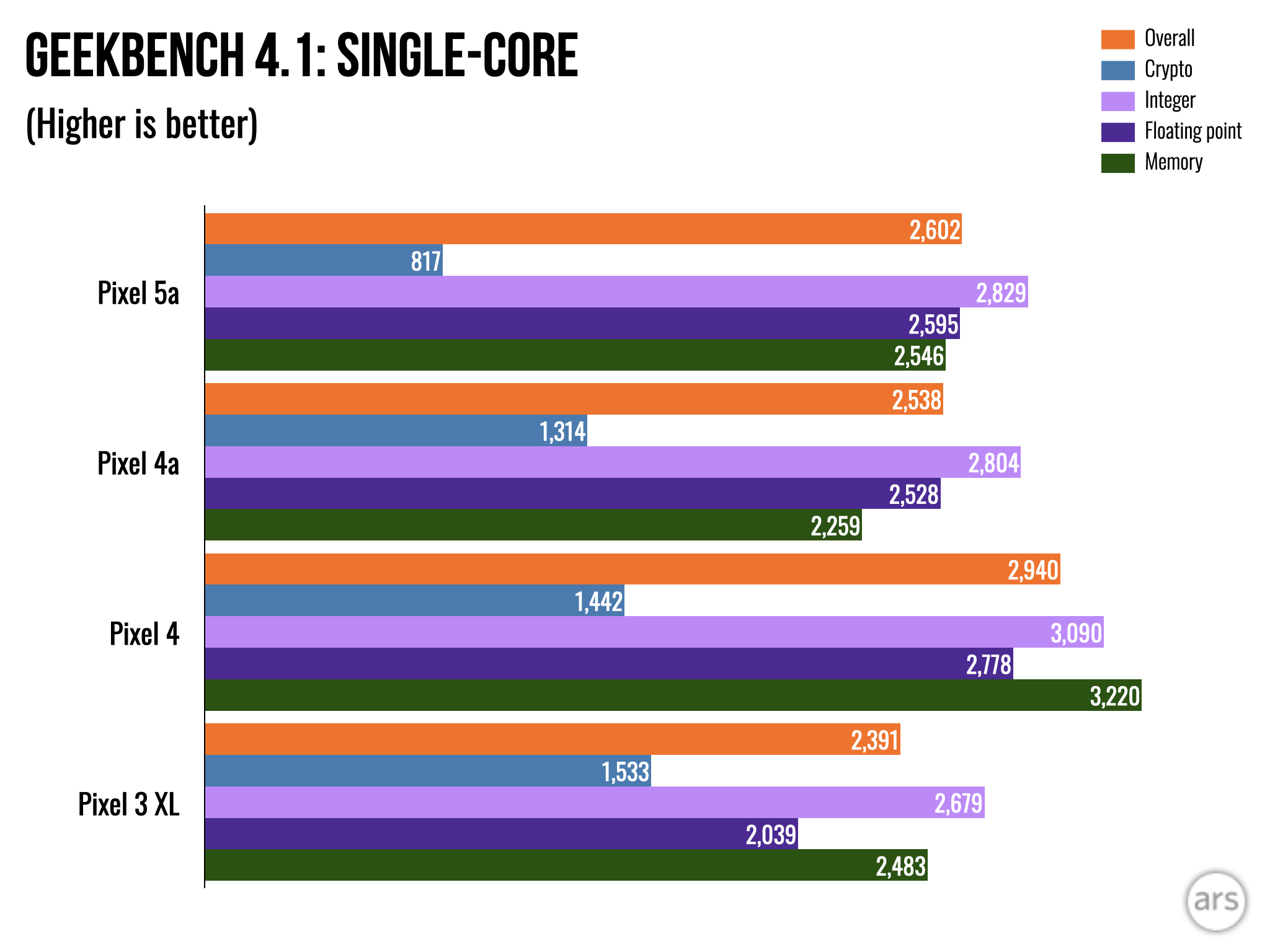
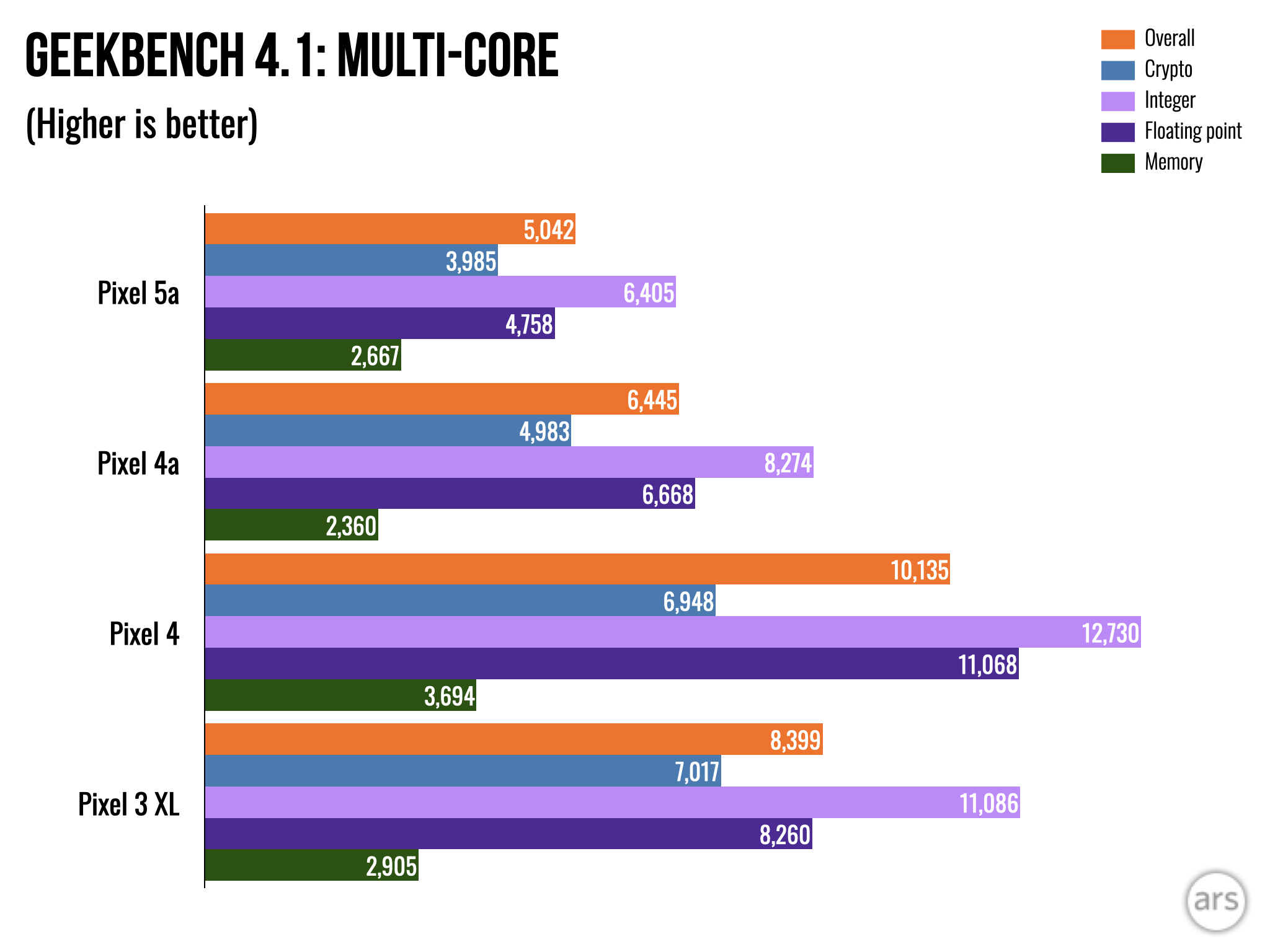
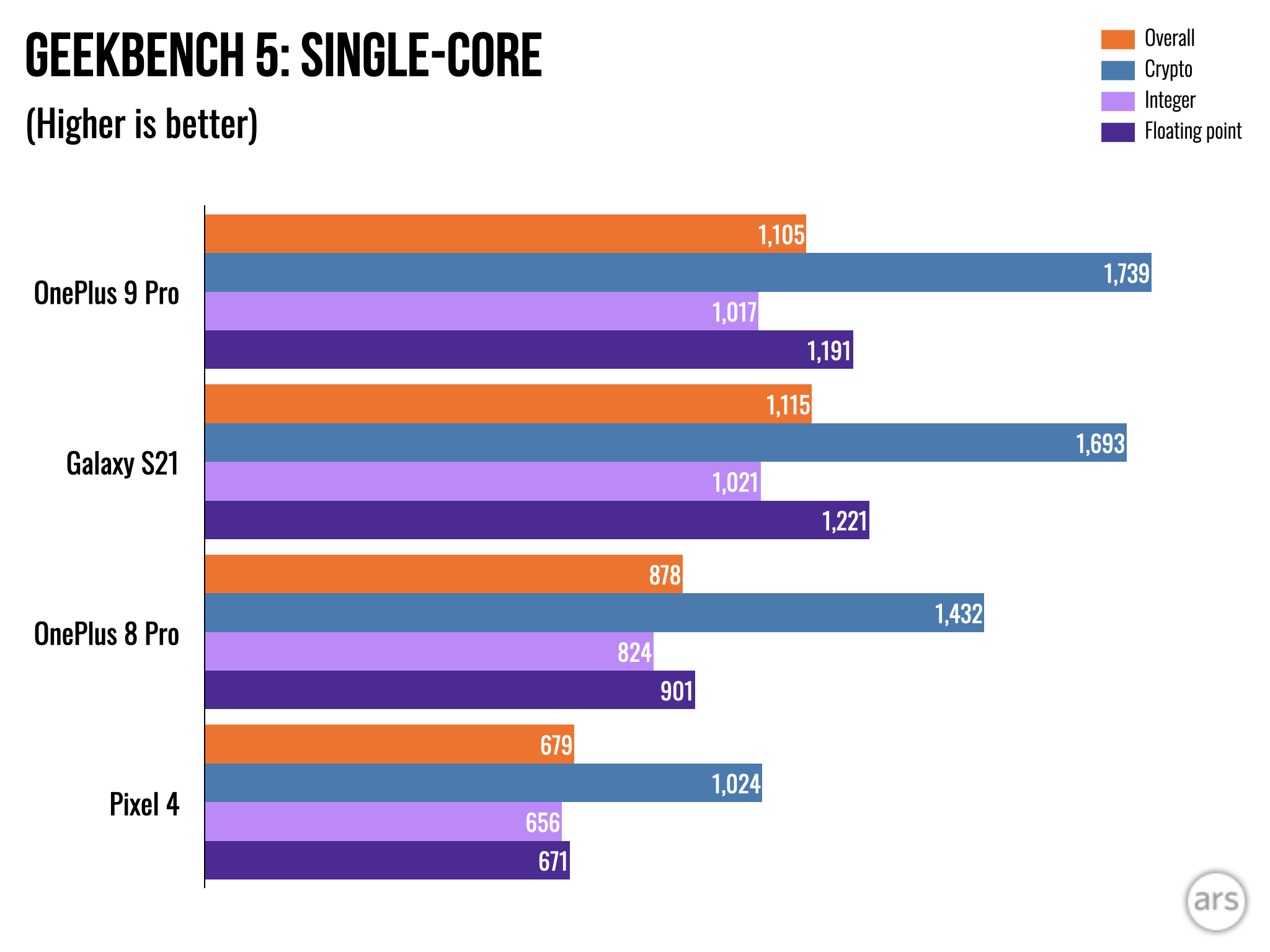
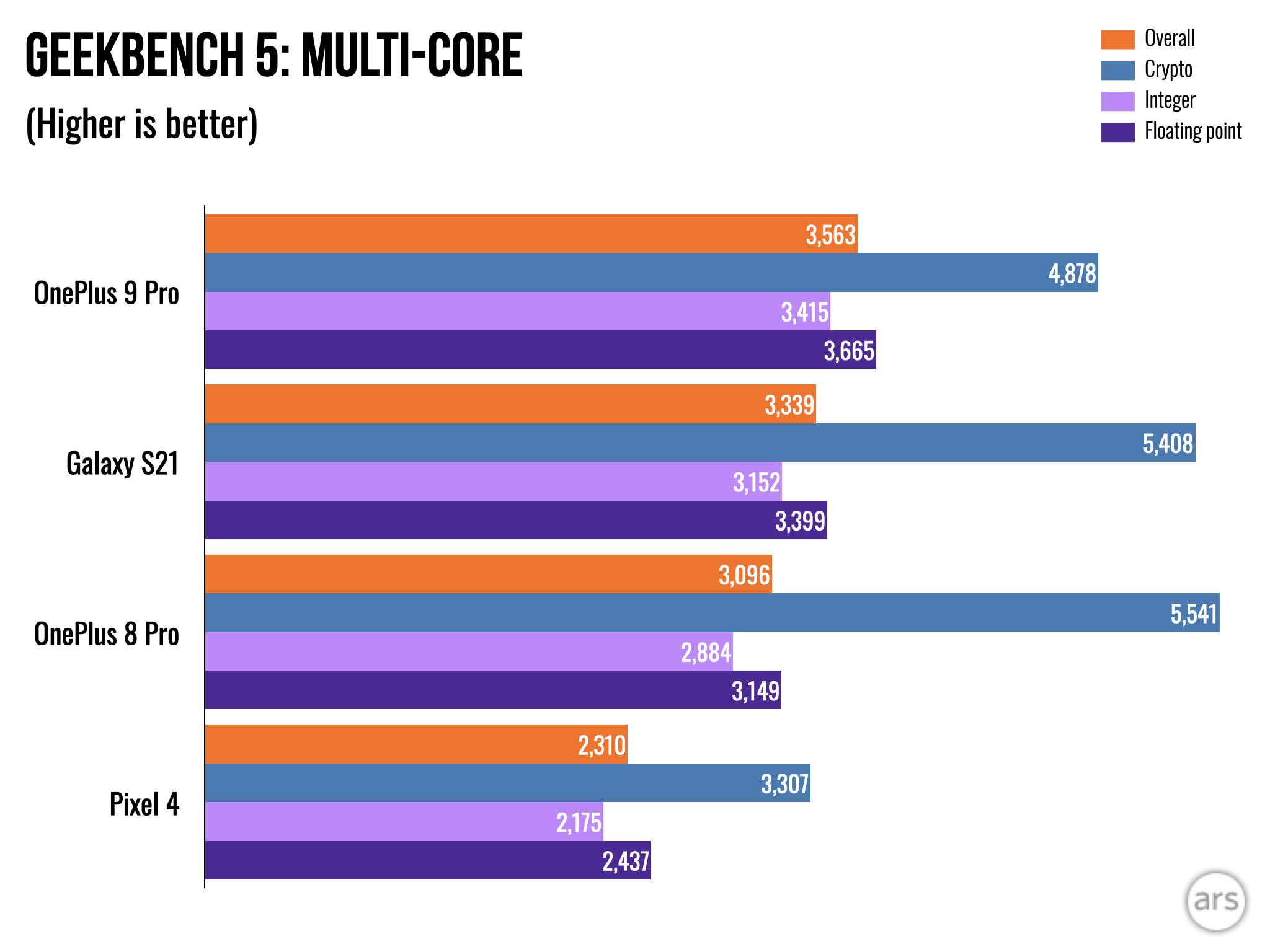
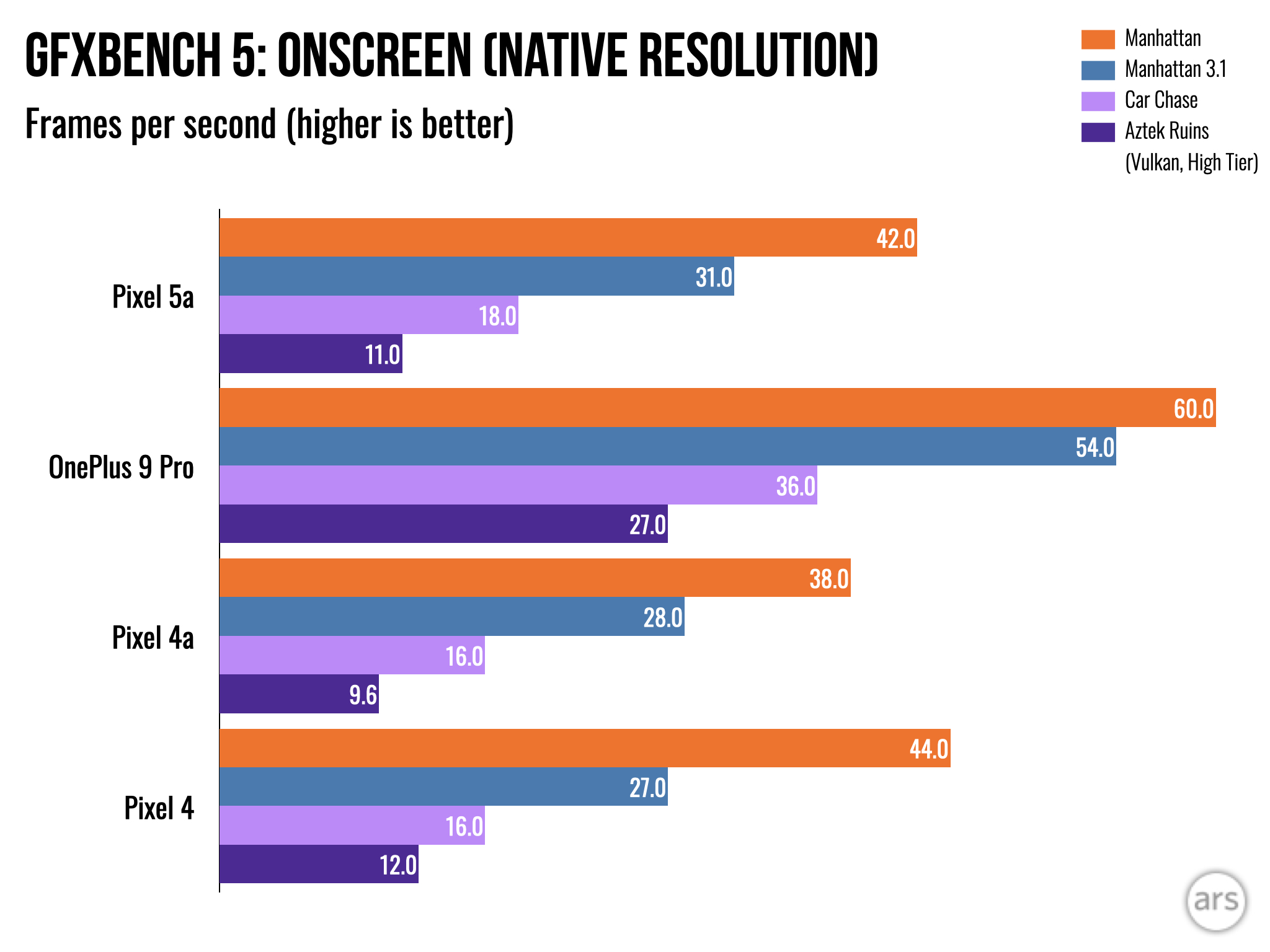
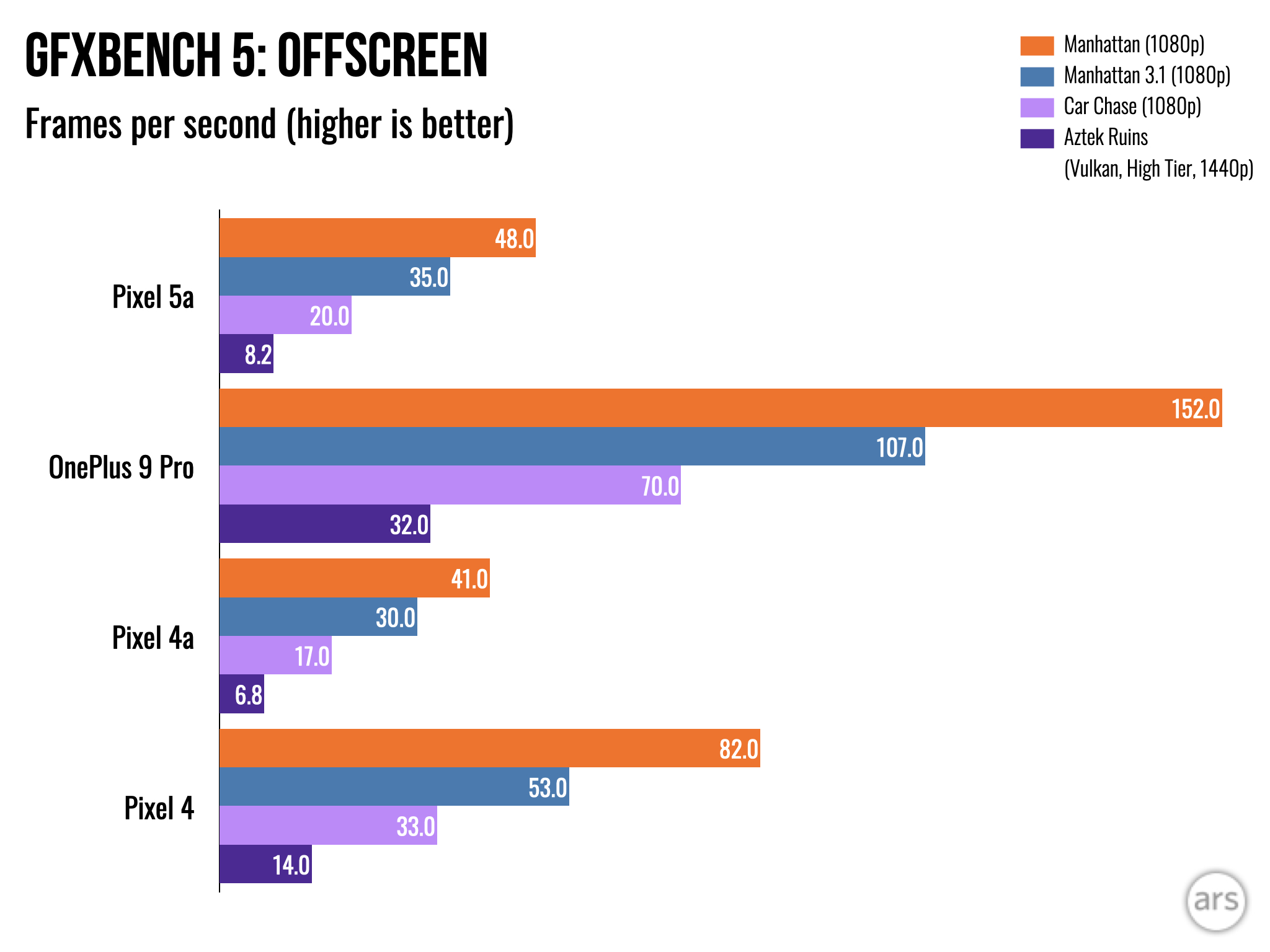
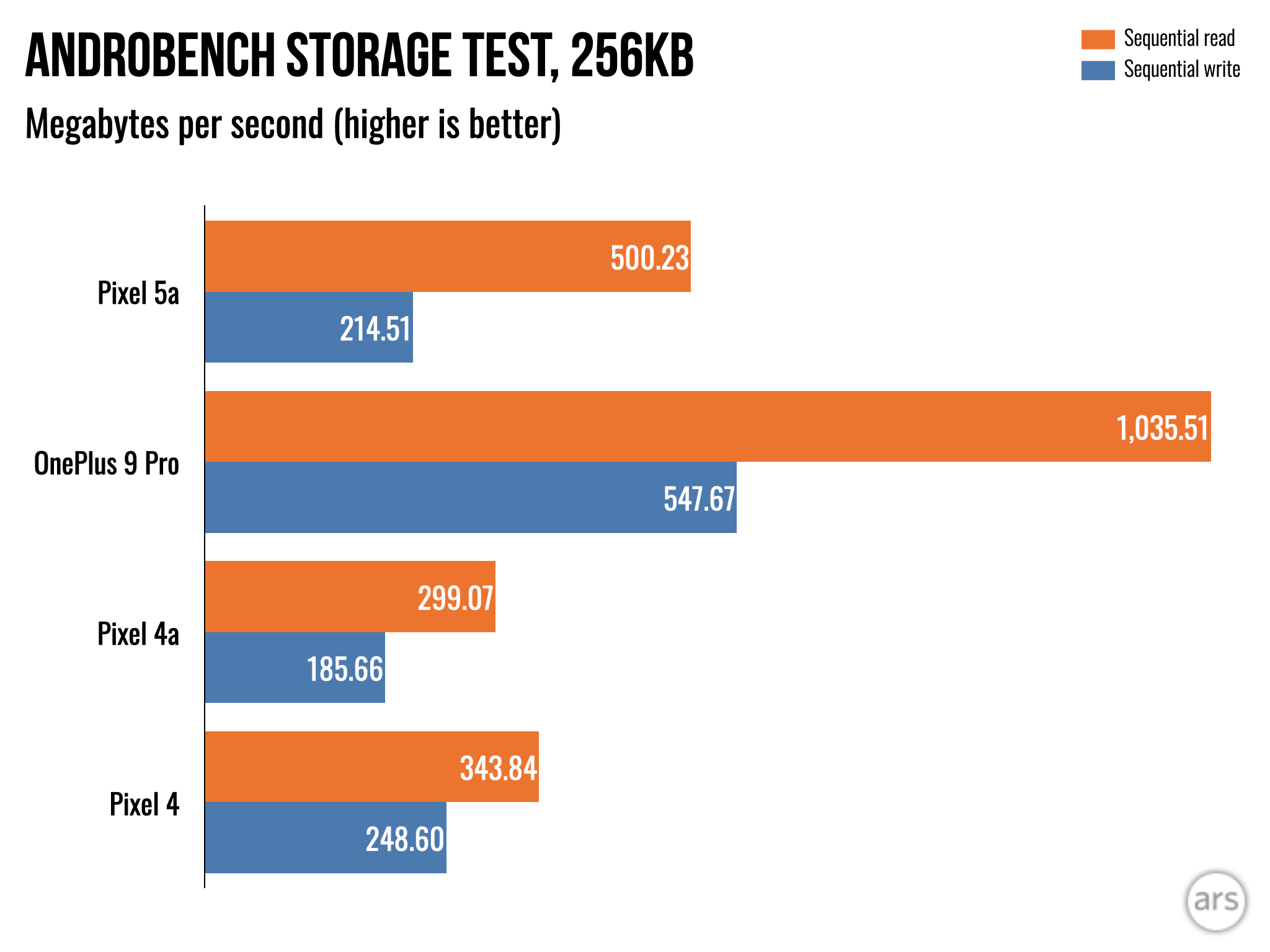
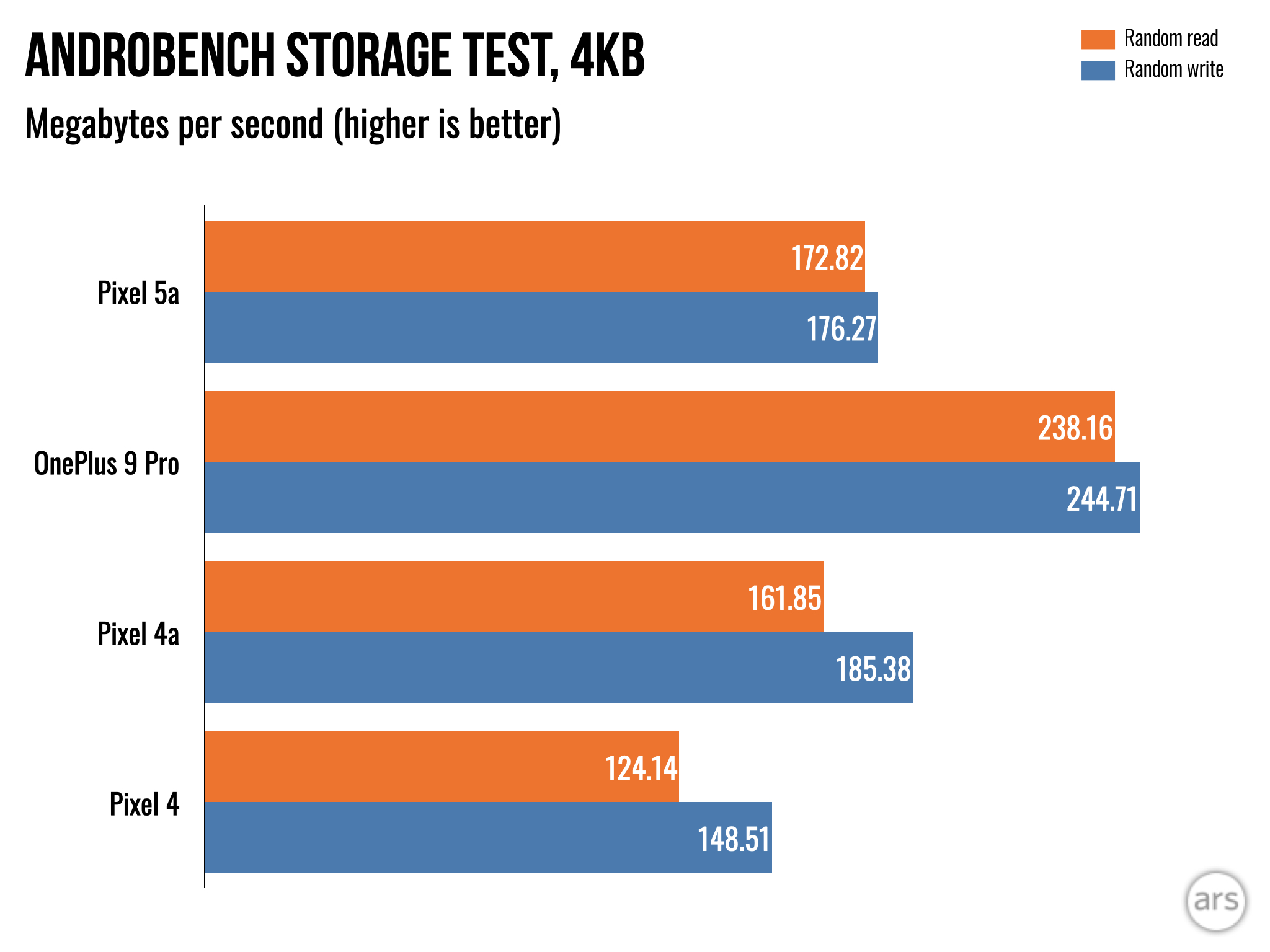
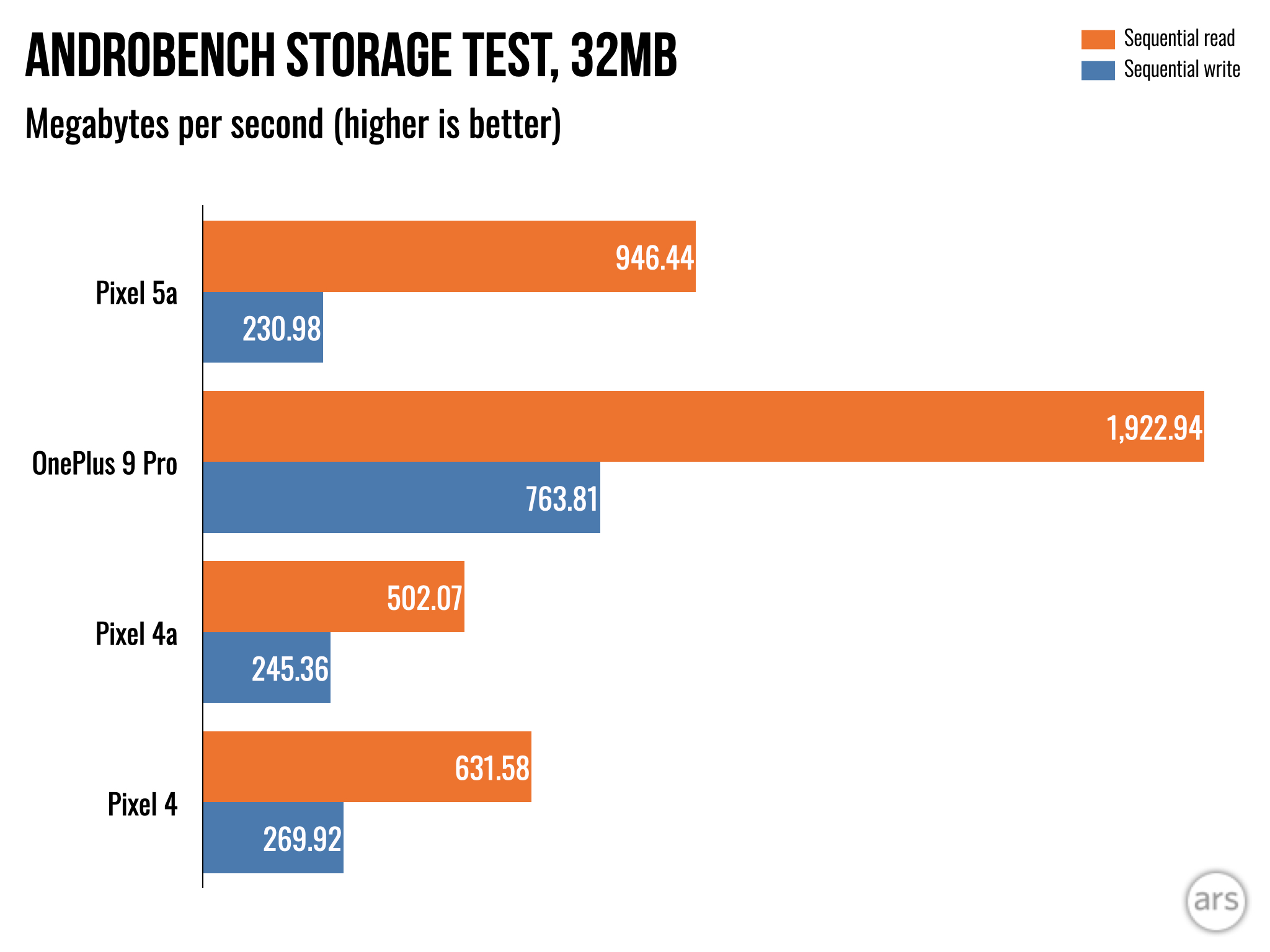














0 Response to "Google Pixel 5a review: “Which Android phone should I buy?” This one - Ars Technica"
Post a Comment